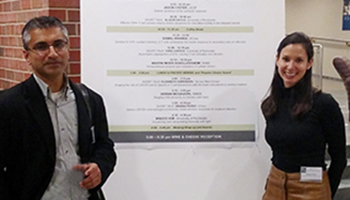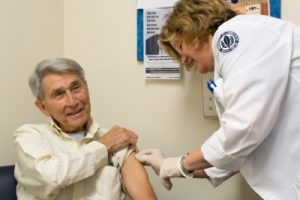
Congratulations to Roslyn Taylor and Yinghong Hu




The T cells have to get to the tissue where there is an infection in order to help eradicate the invading virus or bacteria. Thus, the control of a microbial infection by effector T cells is intrinsically linked to their migration. However, little is known about the mechanisms that control effector T cell egress after infection. We need to understand this important biological process in order to develop better vaccines and immuno-therapeutic strategies to treat infectious diseases and cancers. In the current study we investigated the role of an important protein called sphingosine-1-phosphate-receptor-1 (S1PR1) in regulating T cell migration during a viral infection. S1PR is currently being targeted for therapy against several autoimmune diseases such as multiple sclerosis (MS). In our current study we used multi-photon microscopy to visualized in real time pathogen-specific, effector T cell migration in live animals within, and from, the draining lymph node (dLN). We utilized a novel inducible mouse model with temporally disrupted S1PR1 gene specifically in endogenous effector T cells. We demonstrate that S1PR1 signaling is the most critical mechanism that regulates effector T cell egress from the dLN following a local infection, and even in the absence of retention signals, T cell intrinsic S1PR1 signaling is the dominant mechanism that regulates transendothelial migration and effector T cell emigration from the dLN and thus, we conclude that S1PR1 is the master regulator of effector T cell egress after infection. Thus, our study lays the foundation for developing better therapeutic strategies against autoimmune and infectious diseases that target T cell intrinsic S1P-S1PR axis.
For more information on this paper, please go to http://www.pnas.org/content/early/2016/02/08/1516485113.abstract





